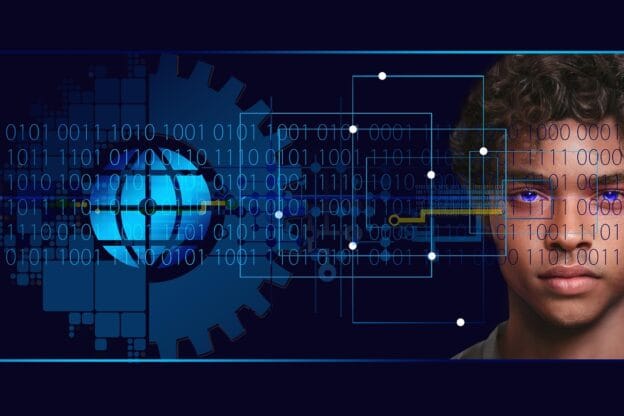Artificial intelligence promises to help us work smarter and faster, but what happens when these systems reflect the worst of human bias?
The truth is, AI isn’t inherently racist, but it can learn racism from the data it’s trained on. Most AI models, including language and image-based systems, rely on massive datasets scraped from the internet, literature, and media. If that data contains stereotypes or underrepresents certain groups, AI absorbs those patterns.
For example:
- Facial recognition systems have historically performed worse on people with darker skin tones
- Language models may generate biased text or make assumptions about names, accents, or cultural references
- Hiring algorithms have favored resumes with traditionally white-sounding names if trained on biased recruitment data
This isn’t because machines are malicious. It’s because they mirror our world as it exists, not as it should be. When humans build or train AI without addressing these biases, discrimination gets baked into the technology.
So, what’s being done?
Researchers and developers are increasingly working on bias detection, diverse datasets, and fairness-focused design. But progress is slow, and accountability is still a work in progress. AI must be developed thoughtfully, with input from diverse voices and constant evaluation of its social impact.
As AI tools become more embedded in daily life, from translations to job applications, it’s crucial to ask not just what they can do, but how they do it and who they might leave behind.



